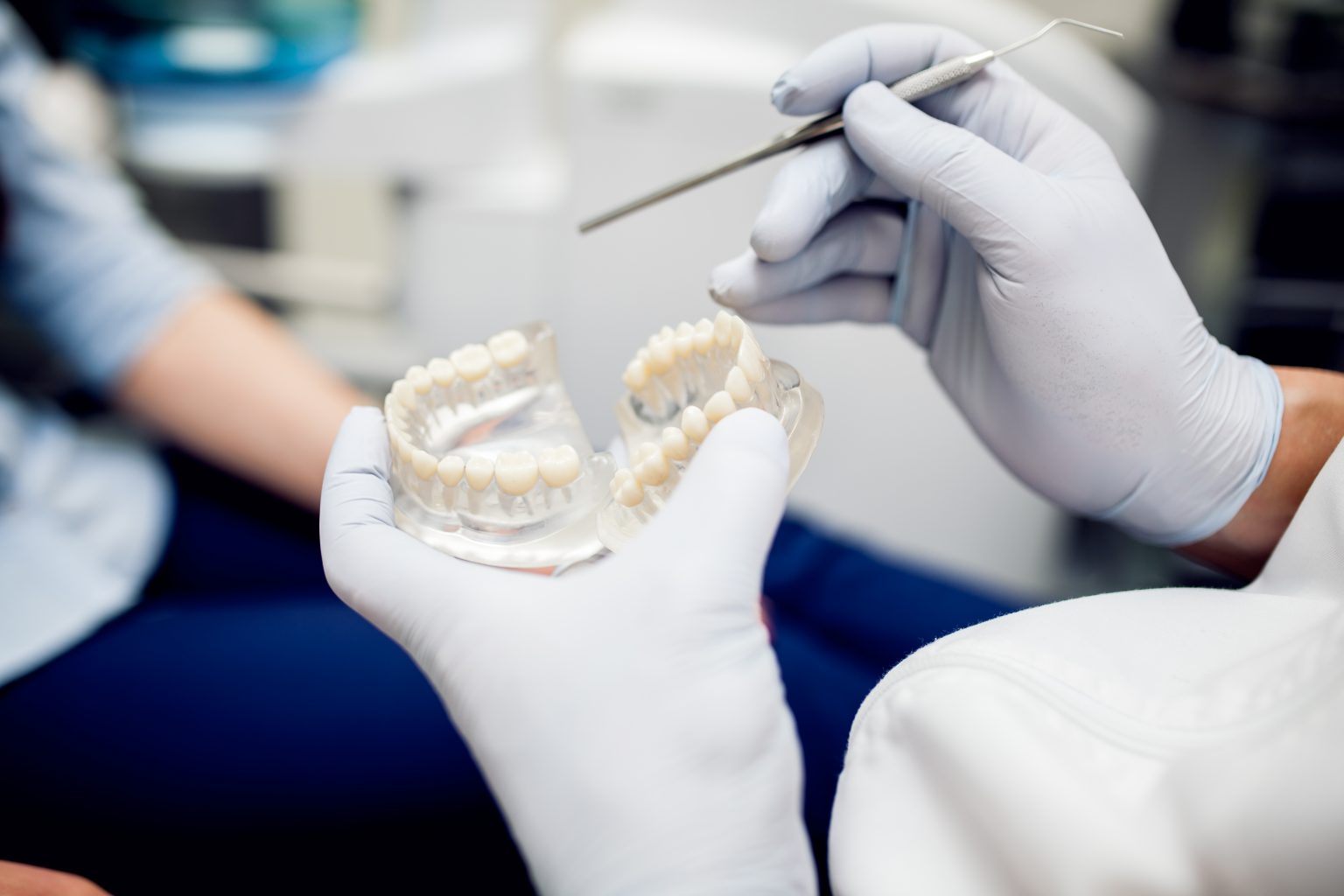Periodontal disease continues to be a major problem for oral health, impacting millions of people worldwide. The range of treatment choices has expanded dramatically, with two particularly successful and versatile options being Laser-Assisted New Attachment Procedure (LANAP) and Modular Periodontal Therapy. Patients who are knowledgeable about these treatments may be better equipped to make decisions regarding their periodontal care.
LANAP Periodontal Therapy
A novel laser therapy called LANAP is intended to treat periodontal disease while reducing pain and encouraging recovery. This minimally invasive therapy effectively targets infected gum tissue with cutting-edge laser technology.
Precision:The laser’s ability to precisely remove diseased tissue without causing damage to nearby healthy tissue is one of LANAP’s main advantages. This accuracy speeds up recovery and reduces post-operative pain.
Shorter Recovery Time: There can be a lot of recovery time after traditional periodontal procedures. On the other hand, LANAP patients frequently report less pain and swelling, enabling a quicker return to normal activities.
Bacterial Elimination: By efficiently eliminating germs from the periodontal pockets, the laser lowers the risk of infection and fosters a more healing environment.
Tissue Regeneration: One of LANAP’s special benefits is its capacity to promote the growth of strong bone and gum tissue, improving periodontal health in general.
Long-run Outcomes: Research indicates that LANAP improves clinical outcomes over the long run, including as attachment gain and pocket depth reduction, which in turn leads to better long-term periodontal health.
Periodontal Modular Therapy
Modular periodontal therapy is a cutting-edge method that customizes periodontal care to meet the needs of each patient. This adaptable structure allows dental specialists to create a thorough treatment strategy that targets certain periodontal problems.
Elements of Modular Therapy for Periodontal Disease:
All-encompassing Evaluation: Similar to LANAP, modular therapy starts with a thorough evaluation of the patient’s periodontal health, which includes radiographic assessments, attachment levels, and probing depths.
Tailored Treatment Plans: Practitioners can create customized treatment plans that combine nonsurgical therapies, surgical options, and complementary therapies based on the evaluation results. With this modular approach, every patient is guaranteed to receive the best care possible for their particular circumstances.
Integration of Advanced Techniques: To ensure the best possible outcomes, modular periodontal therapy frequently combines advanced techniques such as antibacterial treatments, regenerative procedures, and cutting-edge technologies like lasers.
Ongoing Maintenance: Consistent maintenance is essential to the efficacy of any periodontal therapy. The value of follow-up visits is emphasized by modular therapy in order to track patient progress and make any required plan adjustments.
Patient Education: Informing patients about their disease and the course of treatment is a crucial component of modular therapy. Patients can take an active role in their care and make educated decisions if they are aware of their periodontal health.
In summary
Significant developments in the field of periodontal care can be found in both LANAP Periodontal Therapy and Modular Periodontal Therapy. Modular therapy gives a customized approach to treatment, whereas LANAP offers a less invasive option with a short recovery period and long-term advantages. When combined, these treatments enable patients to attain the best possible periodontal health, which guarantees healthier gums and a more radiant smile.

